Overview:
Considering the significance of Artificial Intelligence (AI) in structuring various aspects of management, and given the country’s informational needs for training AI models, the establishment and flow of information in laying hen farms, similar to dairy farms, were included in the review objectives of Modiran Company. Further along this path, and to analyze the readiness status of poultry farms regarding the implementation of intelligent systems, a questionnaire was prepared for this purpose in Farvardin 1404 (according to the Iranian Solar Hijri calendar) and widely distributed. This report analyzes the results obtained from the questionnaire, and we hope it will serve as an introduction to the digital transformation in this industry.
Initial Findings:
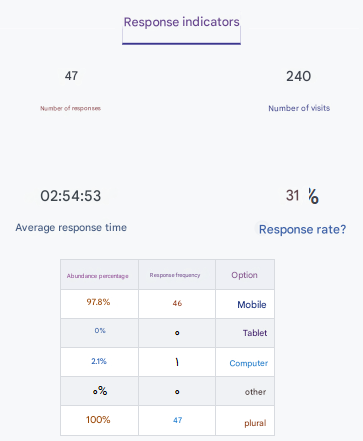
- Given that the response rate in specialized or even public surveys is between 10% and 30%, a response rate of 31% is acceptable.
- The high average response time indicates that individuals answered the questions carefully, and the collected data is of good quality.
- Responses from 47 poultry farmers are a suitable number for analysis and pattern identification. It is worth noting that the respondents represented their respective companies, and this number of responses represents one million chickens.
- The number of responses received via mobile phones can be seen as an indication of familiarity with smart technologies in this industry.
-
Approximately how many poultry do you cover?
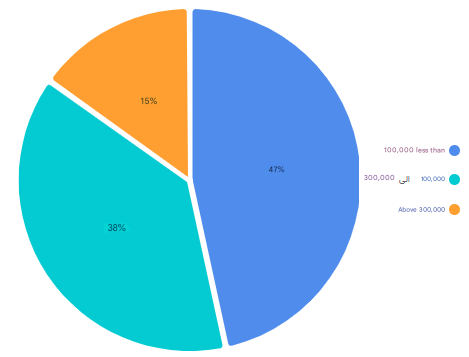
- Most poultry farmers (47%) fall into the smaller category.
- Smaller poultry farmers have more limited resources.
- They have less access to advanced technologies, while larger poultry farmers can benefit from more complex systems.
- It appears that 85% of this sector is severely exposed to various threats, and solutions appropriate to the Fourth Industrial Revolution are needed for them.
-
What is your organizational structure?
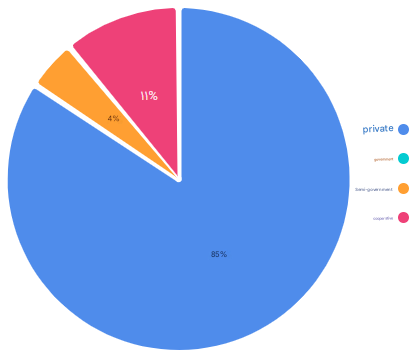
- The vast majority of poultry farms are private.
- Private poultry farms have greater flexibility in decision-making, but cooperatives and semi-governmental farms may require systems aligned with bureaucratic requirements.
- Therefore, offering technology solutions for private poultry farms without bureaucracy will have marketability.
-
Who is responsible for key decision-making in the company?
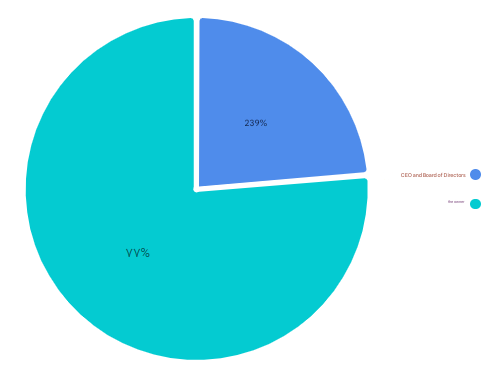
- In most cases, the owner is the decision-maker.
- Decision-making by the owner indicates a simpler structure, but in larger organizations, the CEO and the board of directors play a greater role, indicating a need for more complex coordination.
-
How do you evaluate product quality?
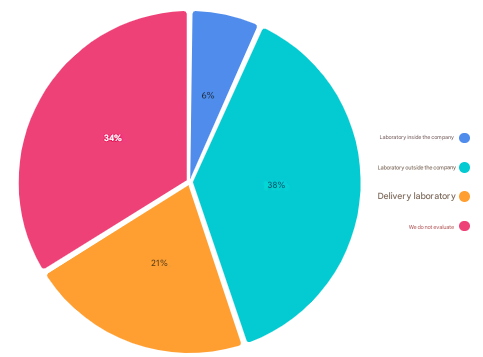
- ۴۰% of poultry farmers do not evaluate quality.
- Ideas regarding the development of rapid and cost-effective quality testing kits for on-site use could be considered successful.
- Providing mobile laboratory services for small poultry farmers is another idea that has potential.
-
Regarding feed formulas / number of poultry and eggs produced / the cost price of eggs / next year’s budget:

- Nearly half of the poultry farmers do not use any tools.
- Creating and offering simple and user-friendly software for managing these aspects will provide a good opportunity for technologists.
-
What is your internet situation like (fixed internet / mobile phone)?

- About ¾ of poultry farmers have at least basic internet access.
- Technologies offered in this industry should ideally be a type of offline or low data consumption systems that store data locally and send it at the appropriate time.
-
Which of the following components are automated in your company? (Scales, hall temperature, etc.)
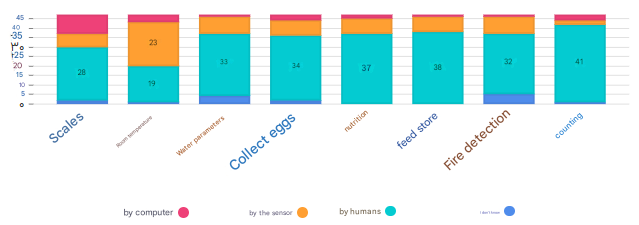
- Processes are almost entirely carried out with human assistance.
- Technologists can enter and offer products in almost all sectors.
- Developing systems (software or hardware) can be very useful in this market.
-
Are you willing to expand your poultry farm?

- The desire for expansion is common among poultry farmers.
- On the other hand, reducing production costs and the lack of specialized labor create a gap.
- Therefore, the introduction of intelligent machinery could be welcomed.
- Considering the costs, the production priority is for the purchase, storage, and distribution of feed.
-
Which options create problems for you?
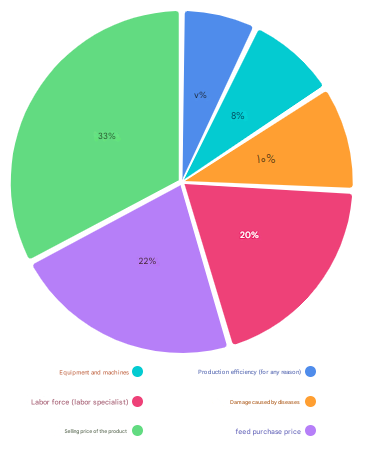
- The purchase price of chicken feed and the selling price of eggs are the biggest challenges.
- A system for forecasting feed and product prices by analyzing market data could be a good idea.
- Poultry feeding systems that can compare product quality with feed changes are among other items that could be welcomed.
-
Regarding training, please answer:
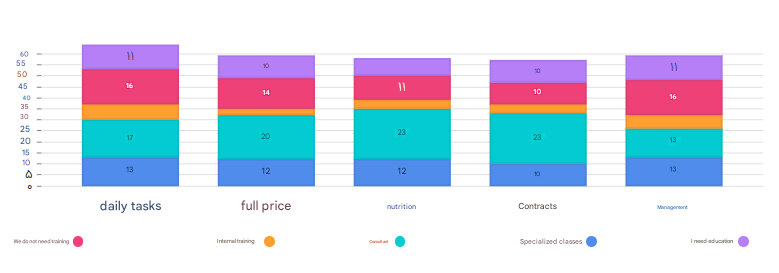
- The need for training is evident.
- Developing online training platforms for poultry farmers is a good idea.
I hope this English translation is helpful! Let me know if you have any other text you need translated.

Select your language